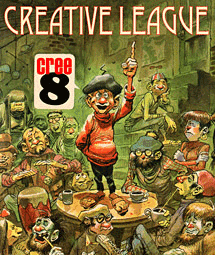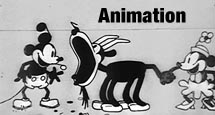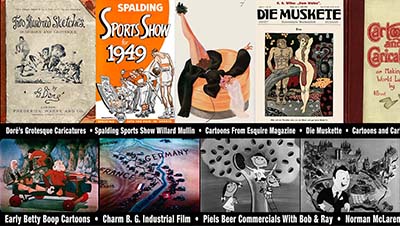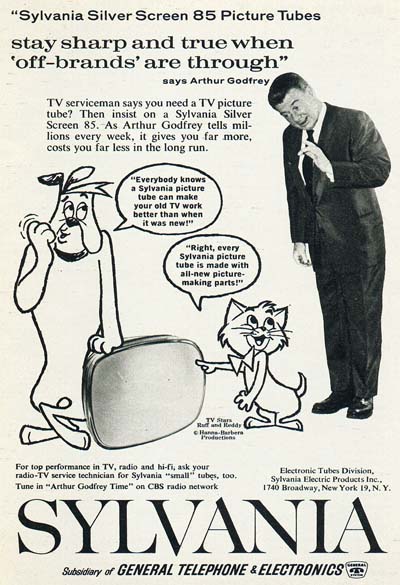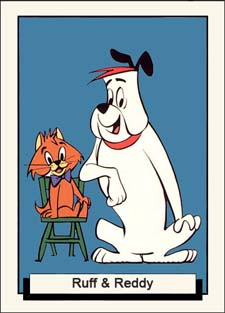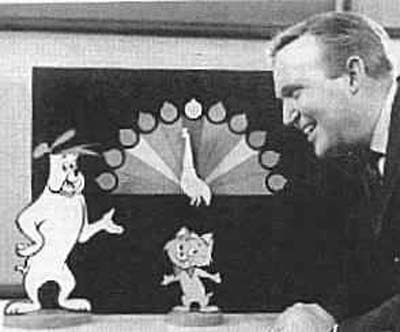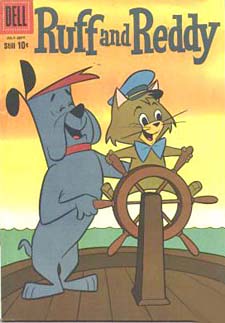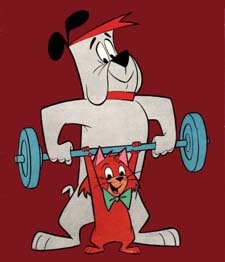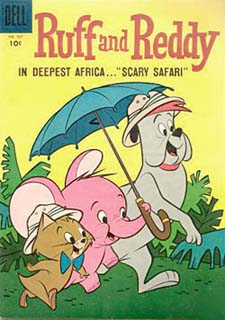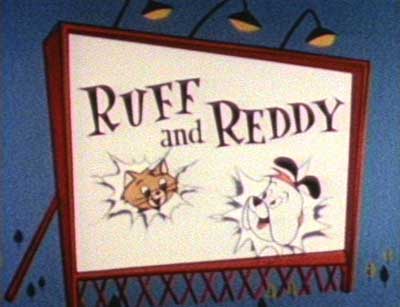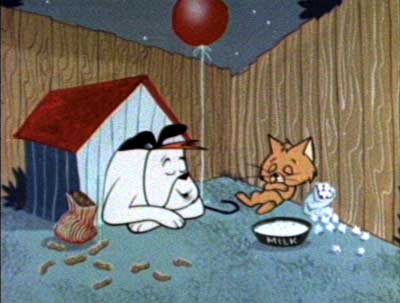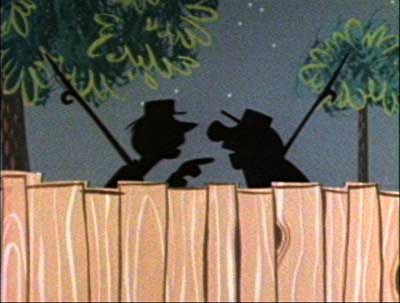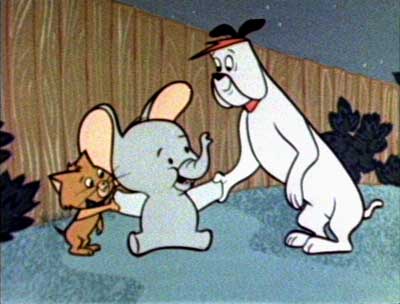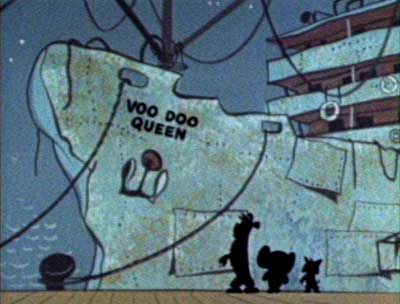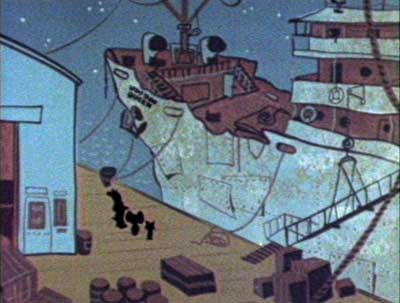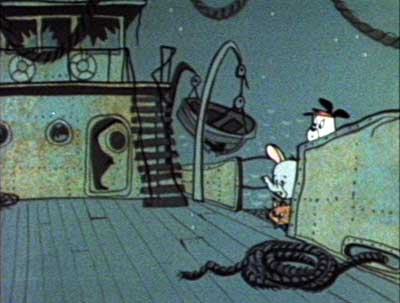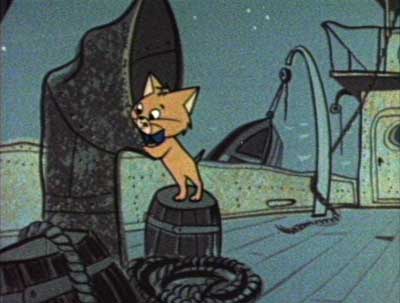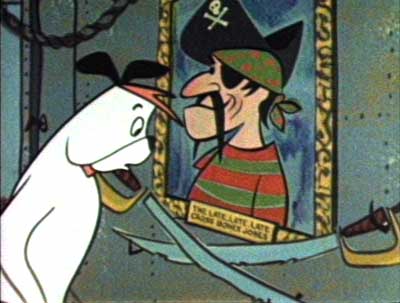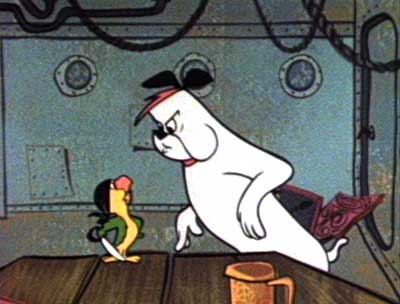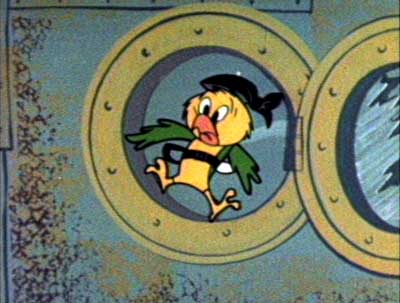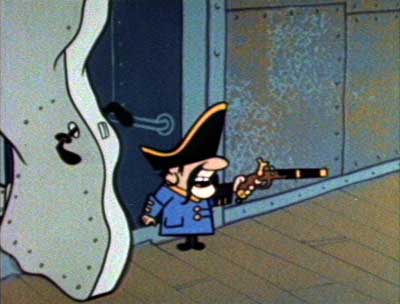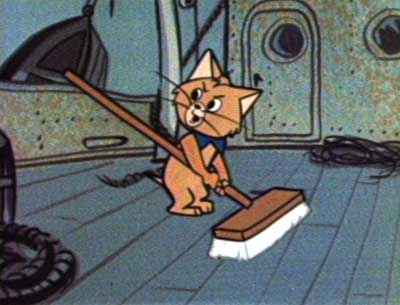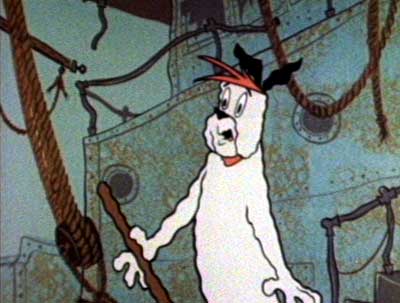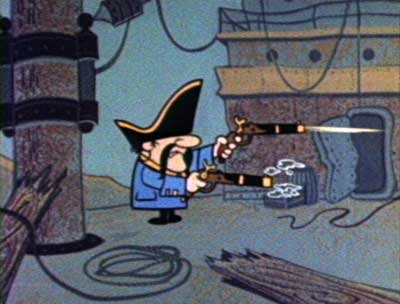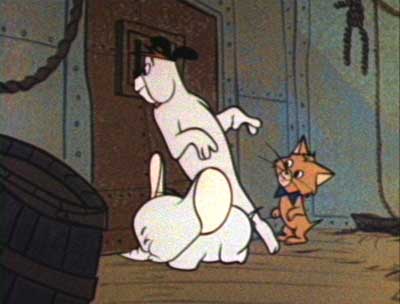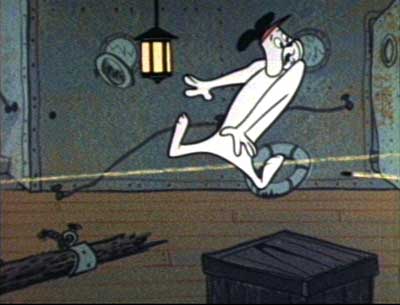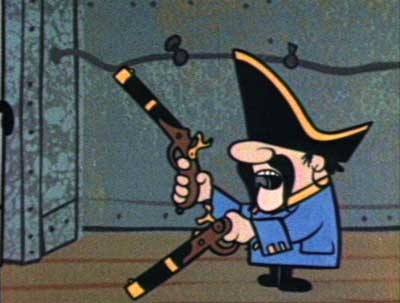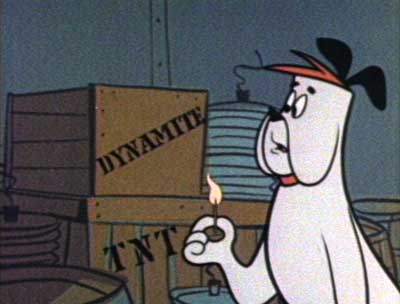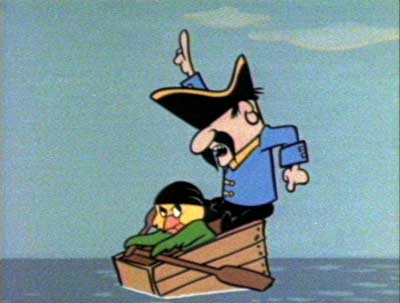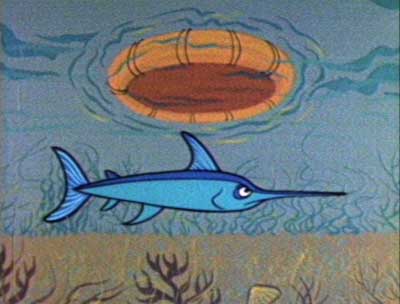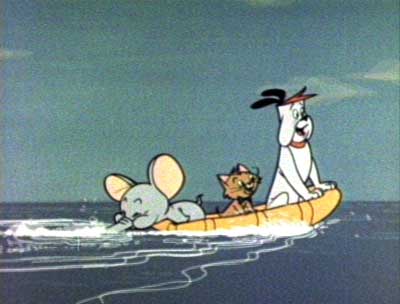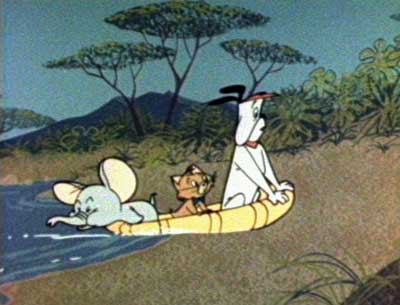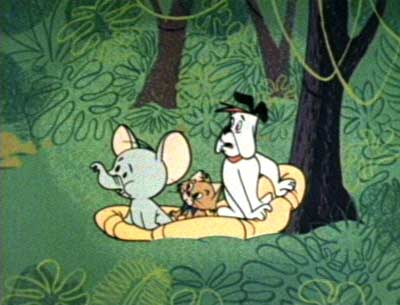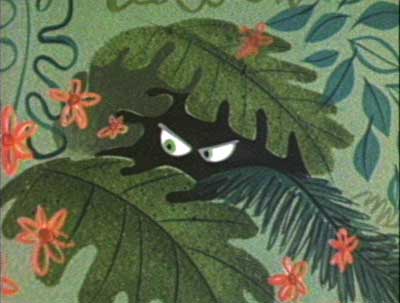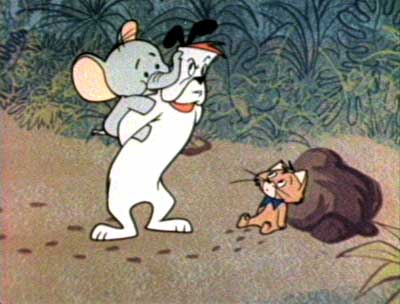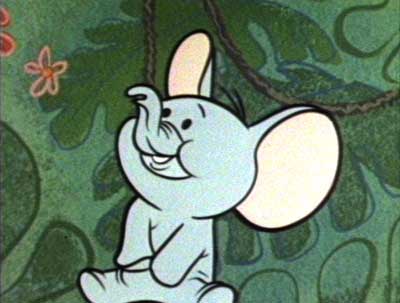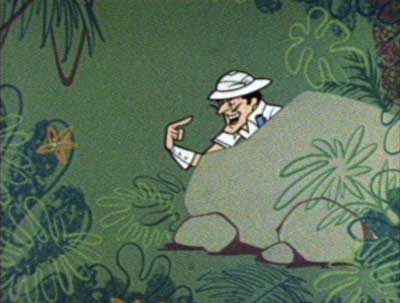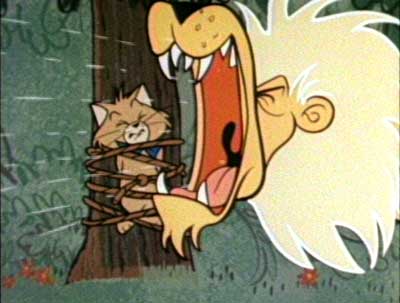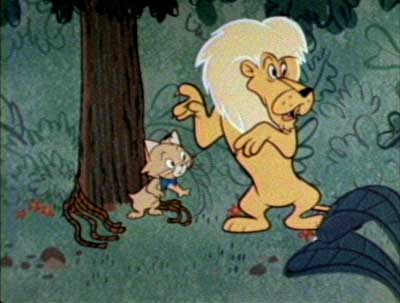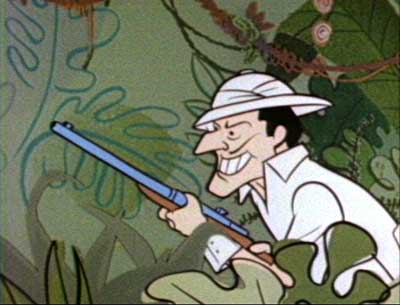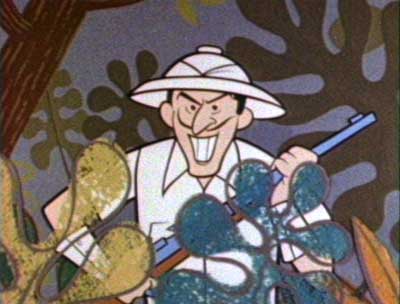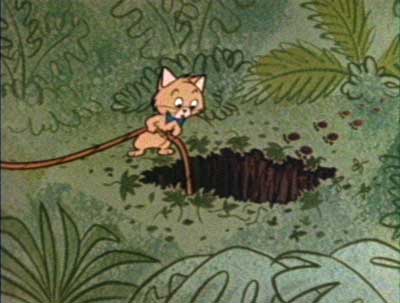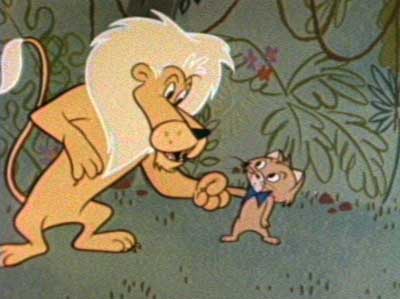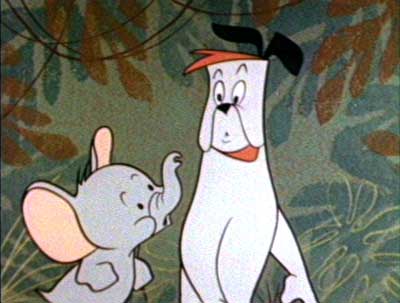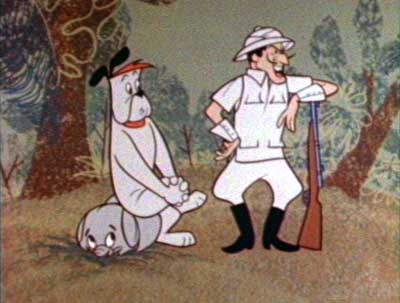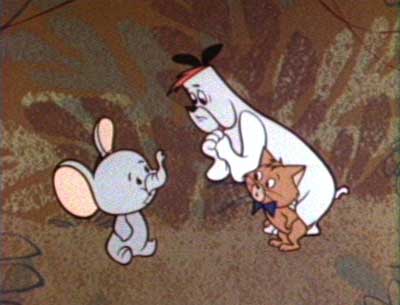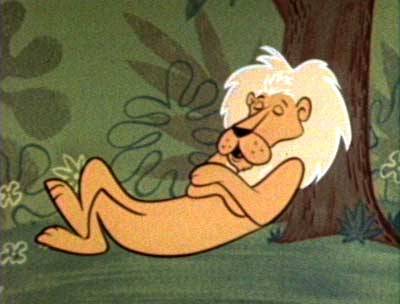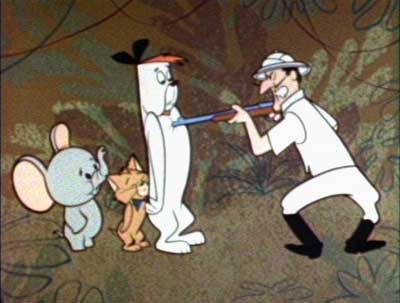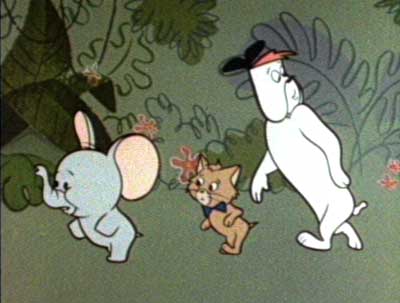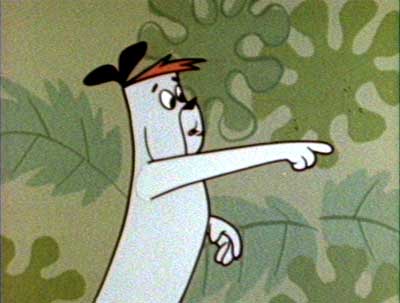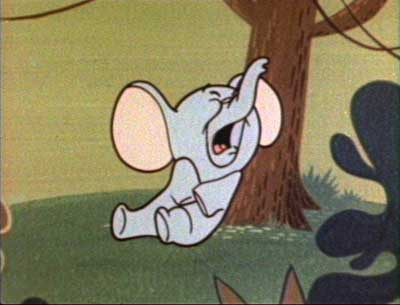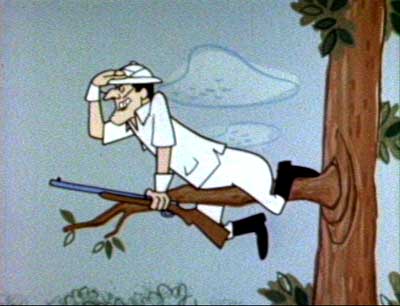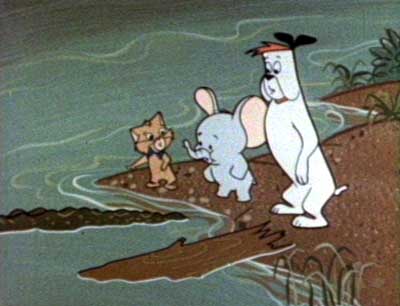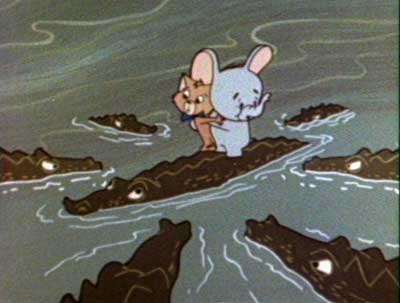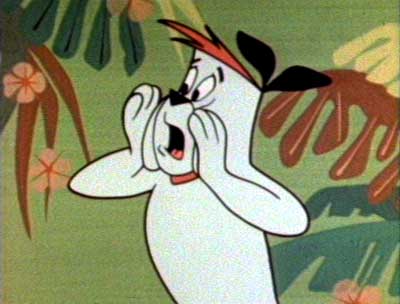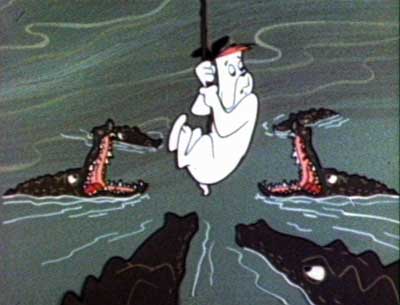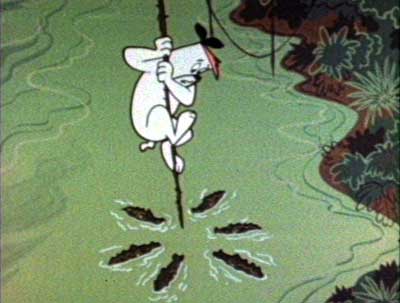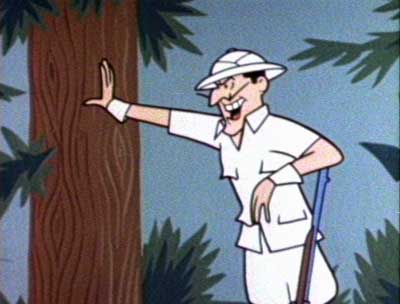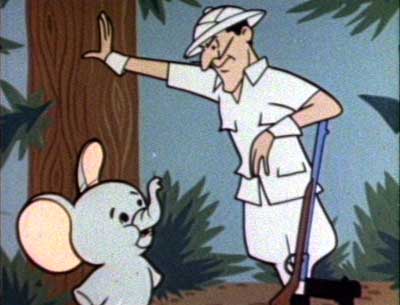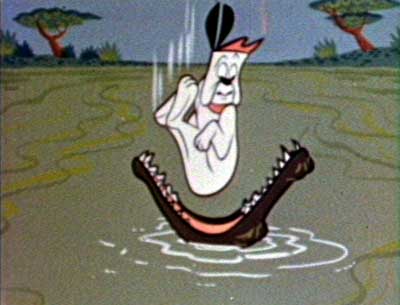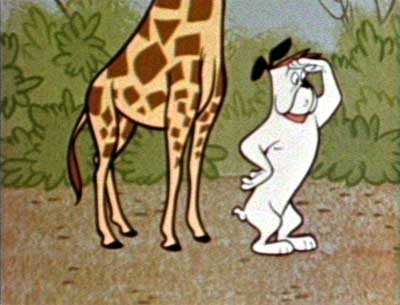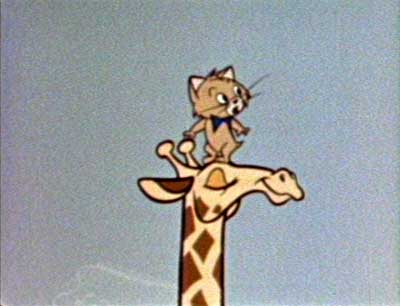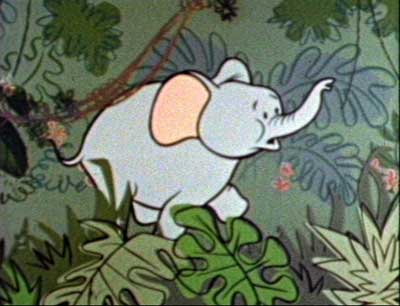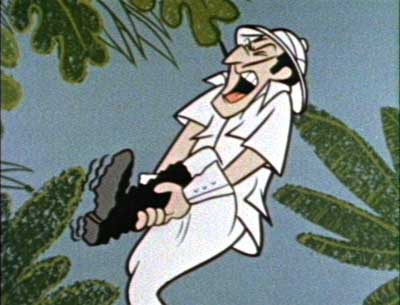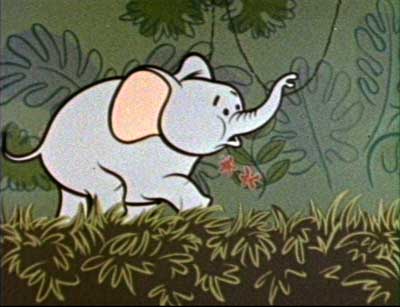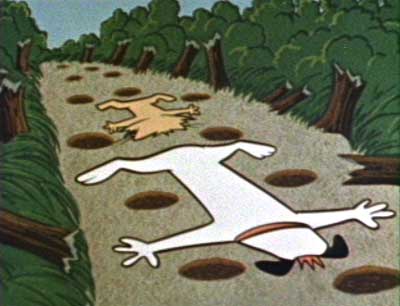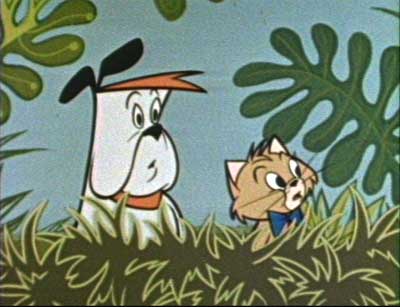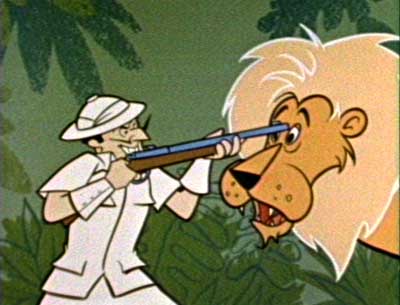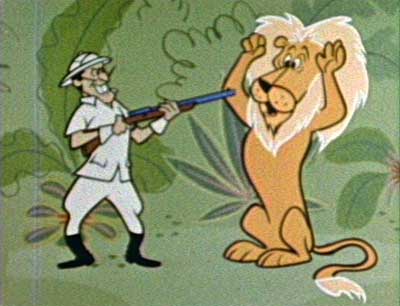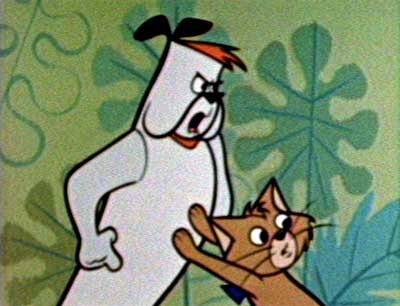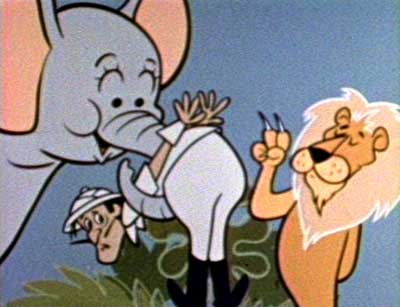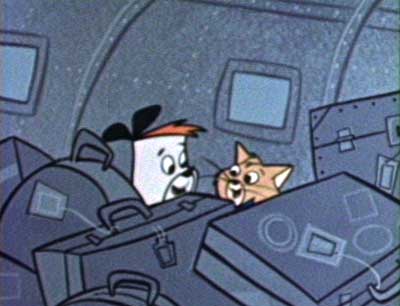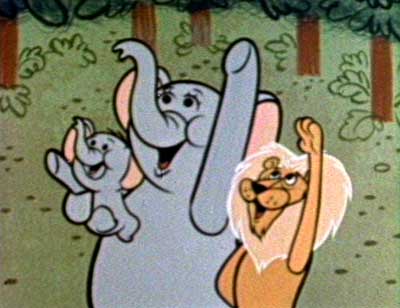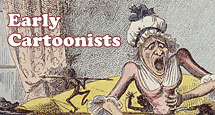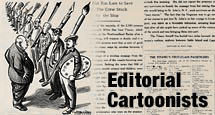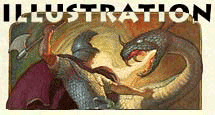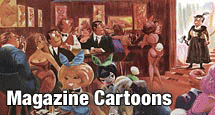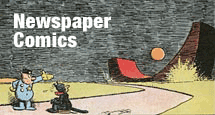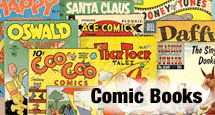This posting is a stub. You can contribute to this entry by providing information through the comments link at the bottom of this post. Please organize your information following the main category headers below….
Birth/Death
Birth: November 16, 1916 in Toledo, Ohio
Death: May 18, 1988
Occupation/Title
Voice Actor, Writer, Record director.
Bio Summary
Charles Dawson “Daws” Butler, grew up in a suburb of Chicago, and originally wanted to be a cartoonist. He began his career in show business during the Depression, winning amateur contests at neighborhood theaters by doing impressions of Franklin D. Roosevelt, Rudy Vallee, and a Model T Ford. He teamed with two other young men to form an act called “The Three Short Waves”; they did impressions of radio personalities. The act played night clubs and supper clubs throughout the Midwest. After service in the Naval Reserve during World War II, Butler moved to California and picked up radio parts on such network broadcasts as “Suspense” and “The Whistler” before spending five years teamed with Stan Freberg doing voices, handling puppets and writing for Bob Clampett’s “Time for Beany” daily live television series.
He also co-wrote and voiced many of Stan Freberg’s greatest comedy records. He went on to write and voice countless television and radio commercials and voice now-classic characters for Tex Avery, Hanna-Barbera, Walter Lantz, Jay Ward and others. The successful characters he voiced are staggering in number: Yogi Bear, Huckleberry Hound, Quick Draw McGraw, Baba Looey, Mr. Jinx, Dixie, Super Snooper, Blabbermouse, Augie Doggie, Snagglepuss, Hokey Wolf, Fibber Fox, Loop de Loop, Wally Gator, Lippy Lion, Peter Potamus, Chilly Willy, Elroy Jetson, Mr. Cogswell, Henry Orbit, Cap’n Crunch, Hair Bear, and on and on…
Early Life/Family
He grew up winning locale contests doing impressions of famous people in popular culture. This act he had with a couple of others played night clubs and they began to build a base for what was to be his career. He had spent two years in the Navy where he met his wife Myrtis Martin, a native to Albemarle North Carolina. After his service he moved to California where he picked up radio jobs, he later moved onto a daily live television series.
“I never really thought of it as doing voices. When I was a kid, when I was in high school, I was very shy, very inhibited, withdrawn. And I was sort of a playground clown. I was a funny guy for the guys. Afraid of the girls. But they looked at me as being somewhat of a comic and I was doing little impersonations. I wasn’t even aware of the fact that I was doing impersonations. I was just taking off people who were very prominent on radio and the guys got a kick out of it and laughed and it alleviated some of my shyness. But it didn’t help me when I was in school because I was really too embarrassed to get up and give aural recitations and I lost a lot of credits that way. So I sort of just stumbled into acting or doing voices I think to get the attention of my peers. I was short. I was at that time probably very aware of my size. I haven’t been since I broke through… through my talents but I like to write and I was very good. That was my first love really, writing and drawing, doing cartoons. I wanted to be a cartoonist when I grew up. And I was writing poetry and funny little sketches when I was in grammar school. The acting came much later.”
He had spent two years in the Navy where he met his wife Myrtis Martin, a native to Albemarle North Carolina. After his service he moved to California where he picked up radio jobs, he later moved onto a daily live television series.
Education/Training
Career Outline
Daws’ big break came between 1946 and 1947 as he went to see Warner Brothers Production manager Johnny Burton, in his office on Sunset Boulevard. Daws auditioned right in front of him, at his desk, and did about 25 different voices, every dialect and character he could think of. Johnny Burton seemed impressed, but Mel Blanc was doing all the voices for Warner Bros. Cartoons, so Burton sent Daws to Tex Avery at MGM. With Tex sitting in a studio theatre, Daws stood in a control room and talked into a microphone for forty minutes, again doing every voice he could think of-Scotch, Irish, cockney, Russian, Polish, Souther, old men, little kids, etc. Tex was impressed and the next morning he got a call for a cartoon. Daws got his membership with the Screen Actors guild and went to his first cartoon job on a big recording stage at MGM.
Tex Avery hired Butler to provide narration work for several of his cartoons. In many cartoons, there was a nameless wolf who spoke in a southern accent and whistled all the time. Butler provided the voice for this wolf. While at MGM, Avery wanted Butler to try to do the voice of Droopy Dog, a character that Bill Thompson regularly voiced. Butler performed the voice for a few cartoons, but he then told Avery about Don Messick, another voice actor and Butler’s life-long friend. Messick quickly became a voice actor.
In 1949, Butler landed a role in a televised puppet show created by former Warner Brothers cartoon director Bob Clampett called Time for Beany. 33-year-old Butler was teamed up with 23-year-old Stan Freberg, and together they did all the voices of the puppets. Butler voiced Beany Boy and Captain Huffenpuff. Freberg voiced Cecil and Dishonest John. An entire stable of recurring characters were seen. The show’s writers were Charles Shows and Lloyd Turner, whose dependably funny dialog was still always at the mercy of Butler’s and Freberg’s ad libs. Time for Beany ran from 1949 to 1954 and won several Emmy Awards. It was the basis for the cartoon Beany and Cecil.
Butler briefly turned his attention to TV commercials, although he quickly moved to providing the voice to many nameless Walter Lantz characters for theatrical shorts later seen on the Woody Woodpecker program. His notable character was the penguin “Chilly Willy” and his sidekick, the southern-speaking dog Smedley (the same voice used for Tex Avery’s laid-back wolf character).
Also in the 1950s, Stan Freberg asked Butler to help him write comedy skits for his Capitol Records albums. Their first collaboration, “St. George and the Dragon-Net” (based on Dragnet), was the first comedy record to sell over one million copies. Freberg was more of a satirist who did song parodies, but the bulk of his “talking” routines were co-written by, and co-starred, Daws Butler. Butler also teamed up again with Freberg and cartoon actress June Foray in a short-lived network radio series, The Stan Freberg Show, which ran from July to October, 1957 on the CBS Radio Network.
When Bill Hanna and Joe Barbera left MGM they called Daws Butler and Don Messick to join them because they were “thinking, inventive actors” to work on Ruff and Reddy, which were 3.5 to 4 minute cartoons that were to be interspersed with old Columbia Cartoons. Bill and Joe wanted to start making their own TV cartoons, so they came up with the idea of Huckleberry Hound based on Daws southern voice, which they were fond of. These cartoons set the formula for the rest of the series of cartoons that the two would helm until the mid 1960s.
When Mel Blanc was recovering from a motor vehicle accident, Butler stepped in to provide the voice of Barney Rubble (another rather Carney-esque voice) in four episodes of Flintstones. Butler remained somewhat low-key in the 1970s and 1980s, until a 1985 revival of The Jetsons. In 1975, Butler began an acting workshop that spawned such talents as Nancy Cartwright (The Simpsons), Corey Burton (Old Navy, Disney), and Joe Bevilacqua (NPR).
Daws Butler died of a heart attack on May 18, 1988 at age 71. Daws Butler is interred in Holy Cross Cemetery in Culver City, California. Many of his roles were assumed by Greg Burson, who had personally studied with Butler for years.
Before his death Daws also began a friendship over the mail with Nancy Cartwright, who would go on to a successful career as a voiceover artist, best known as the voice of Bart Simpson on The Simpsons. In her autobiography Cartwright cites Butler as being her mentor and the greatest influence on her life.
In the year of his death, The Good, the Bad, and Huckleberry Hound was released, a tour-de-force featuring most of his classic early characters.
Comments On Style
Influences
Butler based some of his voices on popular celebrities of the day. Yogi Bear began as an Art Carney impression; Butler had done a similar voice in several of Robert McKimson’s films at Warner Brothers and Stan Freberg’s comedy record “The Honey-Earthers.” However, Butler soon changed Yogi’s voice, making it much deeper and more sing-songy, thus making it a more original voice. Hokey Wolf began as an impression of Phil Silvers, and Snagglepuss as Bert Lahr. Again, Butler redesigned these voices, making them his own inventions. Huckleberry Hound was inspired many years earlier, in 1945, by the North Carolina neighbor of Daws’s wife’s family, and he had in fact been using that voice for a long time, for Avery’s laid-back wolf and Lantz’s Smedley.
Quote:
“An Art Carney dog I had done a couple of times for Bill and Joe became Yogi Bear; of course, I went far beyond Art Carney- the extended vowels, the expansiveness, exuberance, diaphragm control, ebullience, and the bigness, the massiveness of a bear. “
Personality
Anecdotes
Miscellaneous
Filmography
Honors
Annie Award: Winsor McCay Award 1984
Related Links
In his own words, Daws Discusses his career and voice acting:
Official Site: www.dawsbutler.com
Stan Freberg’s box-set, Tip of the Freberg (Rhino Entertainment, 1999) chronicles every aspect of Freberg’s career except the cartoon voice-over work, and it showcases his career with Daws Butler.
Bibliographic References
http://en.wikipedia.org/wiki/Daws_Butler
http://www.dawsbutler.com/
www.tvparty.com/vaultdaws.html
Contributors To This Listing
Josh Heisie
cesar2c
To make additions or corrections to this listing, please click on COMMENTS below…









 by
by 
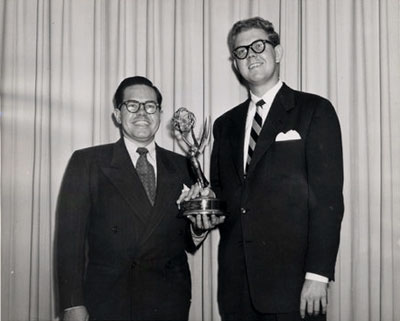
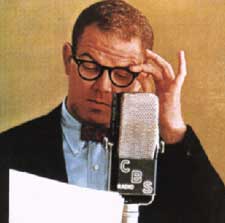
![]() In the Summer of 1957, CBS debuted a comedy program to replace The Jack Benny Program. It starred Captiol recording artist Stan Freberg, with support from veteran voice artists like Daws Butler, Marvin Miller and June Foray. The show exhibited all aspects of Freberg’s unique sense of humor from goofy cartooniness to biting satire. This episode contains liberal doses of both, and includes his classic riff on Cold War politics, titled "Los Voraces" ("The Greedy Ones"). Freberg’s sharp wit and his refusal to accept commercials for cigarettes didn’t endear him to advertisers, and the show was cancelled after only fifteen episodes. But it made an indelible mark on many fans in re-release on records.
In the Summer of 1957, CBS debuted a comedy program to replace The Jack Benny Program. It starred Captiol recording artist Stan Freberg, with support from veteran voice artists like Daws Butler, Marvin Miller and June Foray. The show exhibited all aspects of Freberg’s unique sense of humor from goofy cartooniness to biting satire. This episode contains liberal doses of both, and includes his classic riff on Cold War politics, titled "Los Voraces" ("The Greedy Ones"). Freberg’s sharp wit and his refusal to accept commercials for cigarettes didn’t endear him to advertisers, and the show was cancelled after only fifteen episodes. But it made an indelible mark on many fans in re-release on records.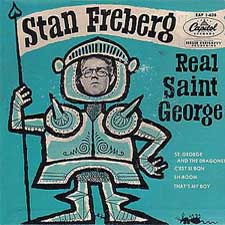
![]() This particular recording is unique, because it includes off-air introductions by Stan before the show and a pickup of a musical cue at the end. It’s a tribute to the professionalism of the performers and the musical director, Billy May when you realize that this elaborate program was performed live from beginning to end in front of a studio audience.
This particular recording is unique, because it includes off-air introductions by Stan before the show and a pickup of a musical cue at the end. It’s a tribute to the professionalism of the performers and the musical director, Billy May when you realize that this elaborate program was performed live from beginning to end in front of a studio audience.![]()

Fans of the great Stan Freberg won’t want to be without this great four CD box set, The Tip of the Freberg, which includes many of his greatest recordings. Get it at Amazon!
![]()
![]() Animation Resources depends on your contributions to support its projects. Even if you can’t afford to join our group right now, please click the button below to donate whatever you can afford using PayPal.
Animation Resources depends on your contributions to support its projects. Even if you can’t afford to join our group right now, please click the button below to donate whatever you can afford using PayPal.




